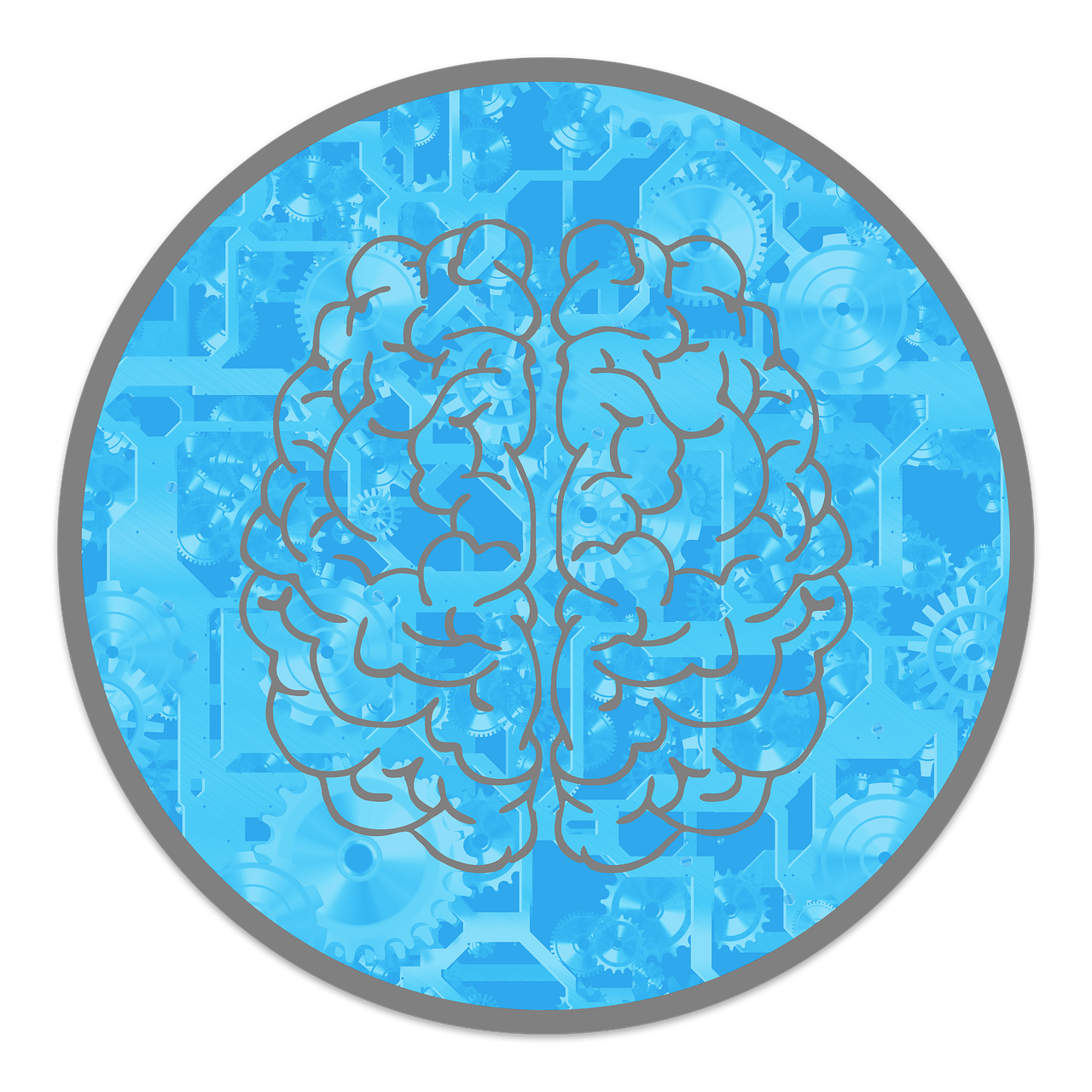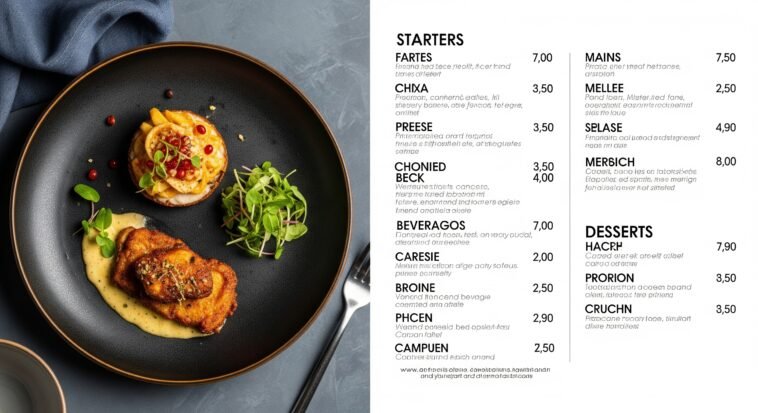
In a tough restaurant market—where nearly half raised prices in 2024—some savvy owners are skipping the price hike and using psychology instead.
Enter the decoy effect: a menu trick that nudges customers to choose the option that’s best for your profits and still feels like a win for them.
It’s not about being sneaky—it’s about smart design.
Add one “meh” option next to your high-margin dish, and suddenly, that dish looks like the obvious choice.
Restaurants that use this kind of menu strategy often see profits jump 2–10%, and in some cases, even up to 40%.
It’s like upgrading your menu from “fine” to “mind-reader” without changing a single price.
Understanding the Decoy Effect: The Science Behind Customer Choices
The decoy effect is a clever bit of psychology that helps customers make “better” choices—better for your business, that is.
It works by adding a third, less appealing option that makes the one you actually want them to pick look like the best deal on the menu.
Here’s how it plays out in a restaurant:
You’ve got three items:
- The target (what you want customers to buy)
- The competitor (a similar option they might pick instead)
- The decoy (the menu’s version of a plot twist)
Let’s say you’re selling pasta:
- Basic marinara: $12
- Fancy truffle pasta: $18 (this is your target)
- Lobster pasta: $22—but it’s a smaller portion and kinda “meh” for the price
Now, compared to the $22 lobster, that $18 truffle pasta suddenly looks like a steal.
Boom—more people go for it.
You didn’t upsell them with pressure—you just framed the choice.
This isn’t manipulation. It’s menu psychology.
Think of it as giving customers a nudge toward something they’ll love while helping your margins at the same time.

- Read also: Why Do We Love Expensive Products? The Allure of Price-Quality Illusion
- Read also: How Consumer Psychology Changes During a Recession: A Behavioral Analysis
The Psychology Behind Menu Decision-Making
Ever stared at a giant menu and felt your brain short-circuit? That’s called choice overload.
Most restaurant menus have 40–60 items, which sounds generous—but it actually stresses people out.
Too many options = decision fatigue = “Just get me the burger.”
This is where the decoy effect shines. It simplifies the choice.
When customers see three options—and one is clearly worse—it makes the “smart” option (your target dish) stand out.
Suddenly, decision-making feels easy and confident, not like a pop quiz on MasterChef.
Behavioral economics backs this up: People don’t look at prices in isolation—they compare.
If the $18 pasta feels like a deal next to a $22 “meh” one, they’ll bite.
Even subtle menu tweaks matter. One study found that removing dollar signs made diners spend 8% more.
Yep, turns out “$12” feels expensive, but “12” feels like a suggestion.
Strategic Implementation: Creating Effective Menu Decoys
Want to nudge customers toward your most profitable dish—without being pushy?
Use the three-tier decoy strategy.
It’s a smart pricing layout that makes your “just right” item feel like a no-brainer. Here’s how to do it:
The three-tier structure
Think of it like a menu version of “this one’s too much, this one’s too little, this one’s just right.”
Premium tier (the decoy)
Price this 15–25% more than your target dish, but give it less.
Smaller portion, fewer perks, or just not quite worth the extra.
It’s meant to make the middle option look like a steal.
Target tier (your star player)
This is the dish you want people to pick.
Price it 30–50% higher than your basic dish, but pack it with solid value so it feels like a smart upgrade.
Basic tier (for the price-conscious)
Cheaper, smaller margin, and kind of plain.
It’s not your money-maker, but it sets the stage for the other two to shine.
Positioning and Visual Hierarchy
Menu real estate is like retail shelf space—top and bottom get the most eyeballs.
Position your target item near the top of each section, then put the decoy right above or below it.
Add subtle visual cues to draw attention:
- Use a box or border
- Tag it as “Chef’s Pick” or “Most Popular”
- Highlight it—but don’t go full neon highlighter
Make it look special, not salesy.
Portion and value engineering
Your decoy should feel like a bad deal next to your target.
Here’s how to pull that off:
- Smaller portions at a higher price
- Fewer high-end ingredients
- No sides or add-ons
- Slight downgrade in quality or presentation
If someone looks at the decoy and says, “Wait, why would I pay more for less?”—you nailed it.

Real-World Applications and Case Studies
Let’s talk real-world wins. These places didn’t raise prices or run huge promos—they just used smart menu psychology.
Here’s how the decoy effect worked for them:
Coffee shop success story
A busy coffee chain added a new large size that was barely bigger than the medium—but way more expensive.
Suddenly, the medium looked like the smart move.
Medium sales jumped 35%, and the average order total went up 12%. All they did was make the “meh” large cup look kind of ridiculous.
Fine dining implementation
An upscale restaurant redesigned their wine list and dropped in some eye-poppingly expensive bottles (think “boss just got a bonus” prices).
Those pricey wines were decoys.
The real goal? Make their premium-but-affordable wines feel like bargains in comparison.
It worked: wine revenue went up 28% in 3 months.
Bonus trick—they also added longer, vivid descriptions, which boosted overall food sales by nearly 30%.
Pizza restaurant transformation
A pizza chain introduced a “family feast” option—just $3 more than their large pizza, but with fewer toppings.
Customers looked at that and thought, “Why would I get that when I could just upgrade to a specialty large?”
Boom—specialty pizza sales jumped 45%. The decoy made the premium pie look like a no-brainer.
Beyond Basic Implementation: Advanced Strategies
You’ve got the basics down—but if you want to squeeze even more magic out of your menu, here’s how to level up your decoy game without breaking a sweat (or your food cost).
Dynamic decoy positioning
Got too much goat cheese? Seasonal veggies stacking up? Make those ingredients the star by building a target dish around them.
Then set up a less-appealing decoy to make that item shine.
Rotate your decoys based on what you need to move. Smart and cost-effective.
Category-specific applications
Different parts of your menu call for different tricks:
- Appetizers: Use a tiny, overpriced option to make your regular app look like a steal. It’s the menu version of “fun-size” candy—except nobody wants to pay more for less.
- Entrees: Show off premium ingredients in your target dish. Then put a plainer, overpriced dish next to it. Suddenly, that truffle risotto doesn’t just sound fancy—it sounds fair.
- Desserts: Go big on visuals. Make your fancy layered cake look like a treat-yo-self moment next to a $1-smaller slice of plain cheesecake.
- Drinks: Play with sizes. That “medium” cocktail suddenly looks like the sweet spot when the small is too small and the large is… kinda a rip-off.
Technology integration
If you’ve got a solid POS system, use it to track what’s actually working.
See which decoys are boosting sales, which need tweaking, and when to switch things up.
Some places even use digital menus to test different setups by the hour.
Morning crowd vs. dinner rush? Different decoy, same strategy.

Ethical Considerations and Customer Experience
Using the decoy effect isn’t about tricking people—it’s about guiding them to choices they’ll actually enjoy (and that help your margins).
Think of it like being a good playlist curator: you’re setting the vibe, not forcing the dance.
Here’s the deal—your decoys still need to deliver.
Don’t throw a low-effort dish on the menu just to make the others look good.
Every item, even the decoy, should be worth its price.
No one wants to feel like they got duped into ordering the dud of the menu.
Avoid shady stuff like:
- Misleading descriptions
- Low-quality ingredients in high-priced items
- Decoys that feel like bait-and-switch moves
The best decoy setups make customers feel smart, not scammed.
They walk away thinking, “I got the best value,” not “I got played.”
That kind of trust = repeat visits, better reviews, and way more long-term success.
- Read also: The Psychology of Subscription Services: Why We Keep Paying
- Read also: Explained: How Supermarkets Use Behavioral Psychology in Layouts
Conclusion: Maximizing Profitability Through Psychology
If you’re running a restaurant, the decoy effect is one of the smartest tools you’ve got.
It helps you boost profits without raising prices or annoying customers.
You’re not tricking anyone—you’re just setting up choices that make people feel good about spending a little more.
With food costs up 16.3% and menu prices only up 7.6%, you need every edge you can get.
A well-placed decoy can quietly guide diners toward your most profitable items—and they’ll walk away thinking they won.
Just remember: the secret sauce is value. Every option, even the decoy, has to hold up. No gimmicks. No bad vibes.



